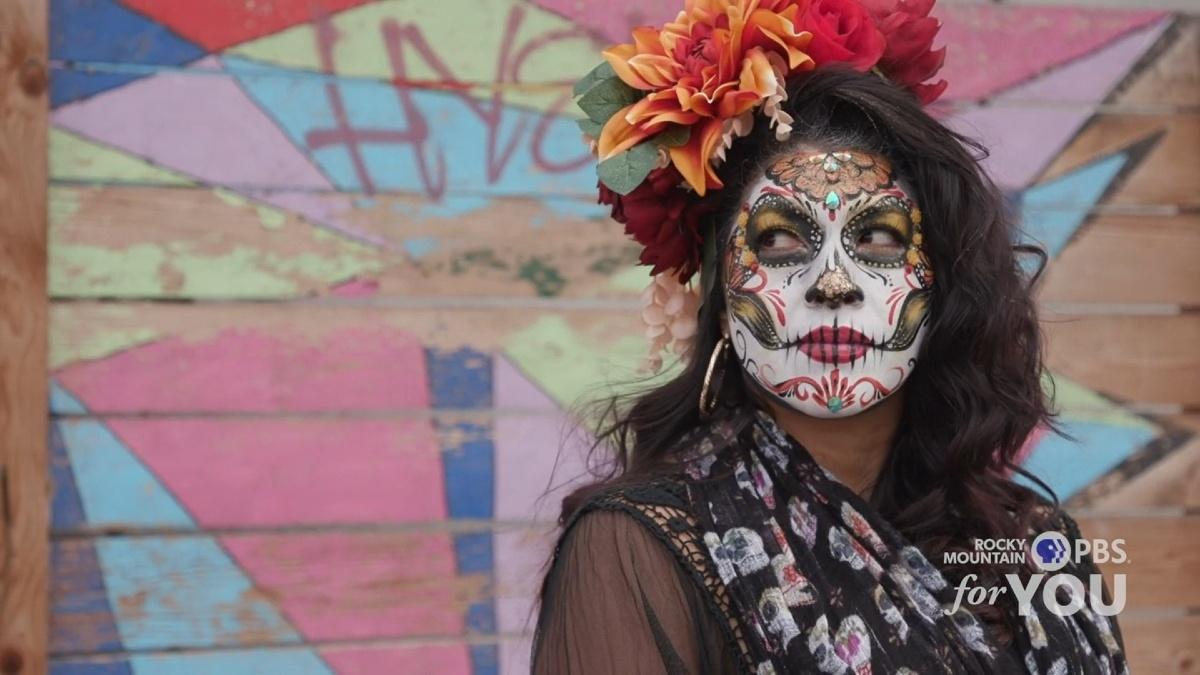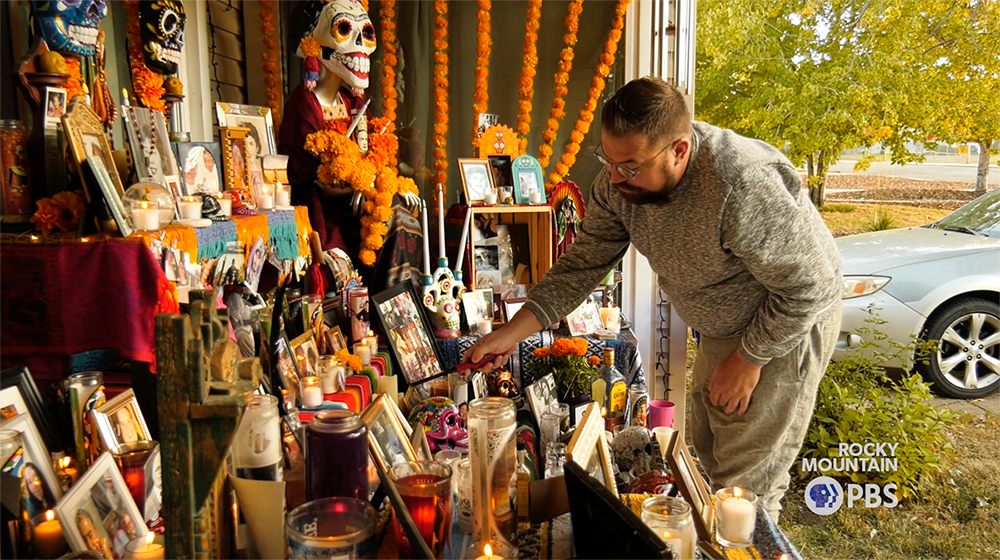Editor's note: The videos in this story were originally produced and published in the fall of 2020. The article has been updated.
DENVER — Monday, November 1 is the beginning of Día de los Muertos. Meaning “Day of the Dead” in English, Día de los Muertos is a celebration of life and death that dates back thousands of years to the Indigenous tribes of what is now Mexico. Families gather to pray for and remember their loved ones who have passed away.
“Día de los Muertos has its roots in Pre-Columbian cultures and beliefs,” Isabel Dobrin wrote for NPR. “Before the Spanish arrived in what is today Mexico, the Aztec gave offerings to their deceased ancestors as part of their death rituals. After the Spanish came, the celebration morphed to incorporate Catholic beliefs and practices, creating this deeply religious, syncretic tradition.”
Día de los Muertos is celebrated on November 1 and November 2. These days are known as All Saints' Day and All Souls' Day, respectively.
Though predominantly celebrated in Mexico, a growing number of people of Mexican and Latin American descent are celebrating in the United States.
Día de los Muertos is a holiday steeped in tradition. One of the most recognizable symbols of the multi-day celebration is face paintings of calaveras, or skulls.





